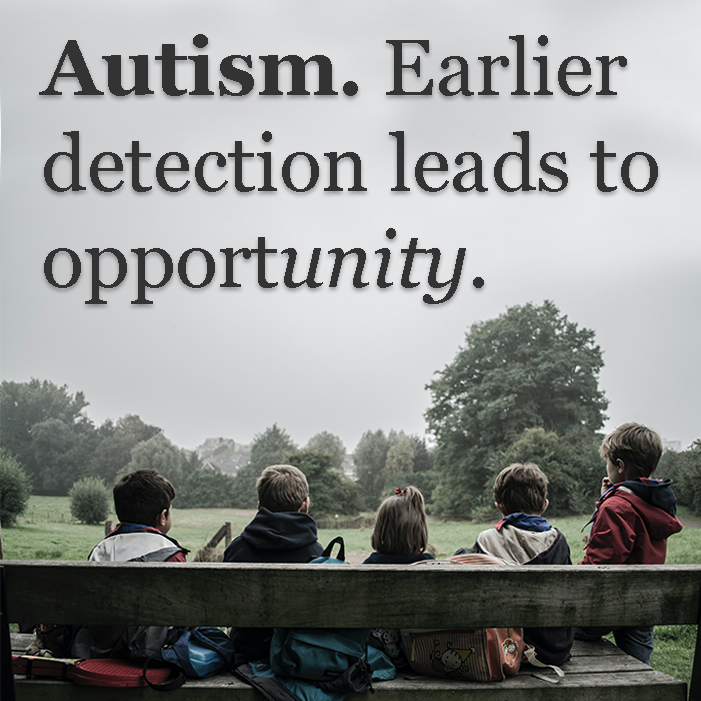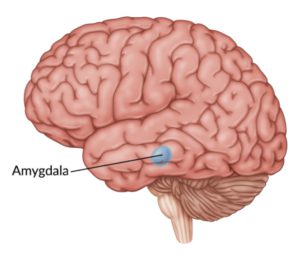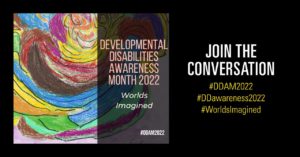1 in 44 Children Diagnosed with Autism
According to a recent report from the Centers on Disease Control (CDC) the prevalence of autism is increasing. In the year 2000, 1 in 150 children were diagnosed as having autism. In 2016 that number had risen to 1 in 54. And for the year 2020 2018, it rose yet again to 1 in 44…or about 2.3% of the population of 8-year-old children in 11 states where the data were gathered. While these numbers are clearly increasing, however, the methods for identifying those on the spectrum have also changed, allowing for many to be found to have autism that earlier testing and identification protocols may have missed. Thus, it’s difficult to say if there’s been an actual steady rise in autism among children, or just more thorough detection methods.
“We can’t say for sure what is behind the increase in prevalence, but it may be due to the way children are identified, diagnosed and served in their communities, as well as continued reductions in racial or socioeconomic disparities.”
Matt Maenner, an epidemiologist at the CDC’s National Center on Birth Defects and Developmental Disabilities
However, there is some solidly good news on the autism detection front. Namely, while we’ve gotten better at identifying autism in children, we’ve also been able to detect it earlier in life. The upside here is that kids are getting identified much earlier, around age 4 on average, allowing for earlier intervention and better long-term outcomes.

The substantial progress in early identification is good news because the earlier that children are identified with autism, the sooner they can be connected to services and support. Accessing these services at younger ages can help children do better in school and have a better quality of life.
Dr. Karen Remley, director of CDC’s National Center on Birth Defects and Developmental Disabilities
The new CDC data, which was gathered from communities in Arizona, Arkansas, California, Georgia, Maryland, Minnesota, Missouri, New Jersey, Tennessee, Utah and Wisconsin and is found in this report, appears to support the notion that we’ve gotten better at diagnosing autism in general, and at an earlier life stage. This is great news.
The report provides additional analysis of the data with demographic, geological, and racial breakouts. Read the full research report from the CDC here.



